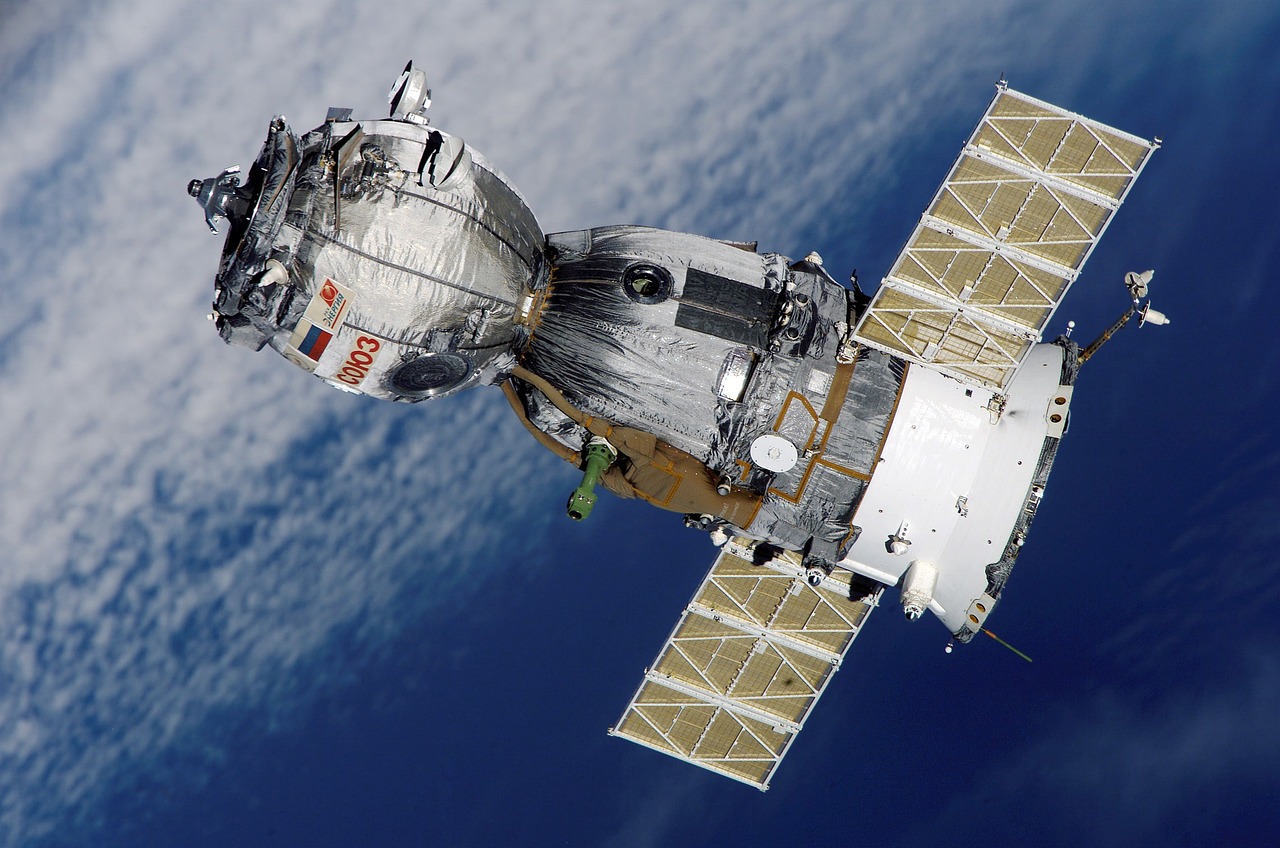3 Advantages of Software-defined Radio Payload and The Difference Between Traditional Hardware Implementations
Software-defined radio (SDR) payloads offer cost-effective and flexible solutions compared to traditional satellite hardware implementations. They are utilized in various low-earth orbit (LEO) satellite applications, including smaller CubeSat satellites. This article aims to explain why these satellites opt for SDR payloads, highlighting the differences between SDR payloads and traditional hardware implementations, and enumerating their advantages.

The Difference Between Software-defined Radio Payload and Traditional Hardware Implementation
Traditional satellite communication systems are predominantly hardware-based, often customized to specific communication needs, including communication protocols and frequency bands. This hardware-centric architecture lacks upgradability and reconfigurability, limiting its utility. In contrast, SDR payloads benefit from a software-centric architecture, enabling reconfiguration and even remote updates. This enables the payload to adapt to different missions. Take YTTEK’s Y.LOAD S as an example: it is an SDR-based X-band satellite payload that can be easily reconfigured via software, thus catering to various communication requirements in LEO satellites.
Information About Y.LOAD S
- Operation frequency band is 8.0~8.4GHz for downlink and 14.0~14.5GHz for uplink
- Compact size for CubeSat (11cmx10cmx3cm)
- Designed with Xilinx Zynq UltraScale+ XCZU9EG reprogrammable FPGA
- Includes ARM CPU core: Cortex A53, Cortex R5, and Mali-400 MP2
3 Advantages of Software-defined Radio Payload
Here we enumerate the advantages of SDR payloads to understand this type of device further:
- Reconfiguration: The reconfigurable nature allows for multiple communication scenarios to operate using the same hardware. A general-purpose processor enables efficient reuse of circuit elements, reducing the time and cost associated with hardware redesign.
- Remote Configuration and Flexibility: SDR systems offer the capability for remote configuration or updates, facilitating convenient bug fixes, upgrades, or optimizations. This functionality allows for in-flight re-tasking and mission repurposing, providing optimal flexibility during actual mission execution. A well-designed software-defined radio payload can be considered an off-the-shelf system component, significantly reducing mission development time and risk.
- Simplified Space Qualification: All systems and components must undergo environmental condition testing to ensure satellites operate smoothly in the harsh space environment. The SDR approach simplifies the challenge of space qualification by enabling a shift in focus towards using space-qualified devices instead of costly qualification processes for each customized device.
These advantages streamline the development time and effort required for new systems and applications, making satellite communication systems more readily available as off-the-shelf products and enhancing overall efficiency in satellite development.
Software-defined Radio Payload for Unmanned Aerial Vehicle
In addition, SDR payloads also find utility in unmanned aerial vehicles (UAVs). YTTEK’s Y.LOAD stands out as a purpose-built payload tailored for UAV applications. Similar to Y.LOAD S, it offers pre-built point-to-point and point-to-multipoint communication software functionalities, meeting the needs of users seeking ready-made solutions for swift deployment.


